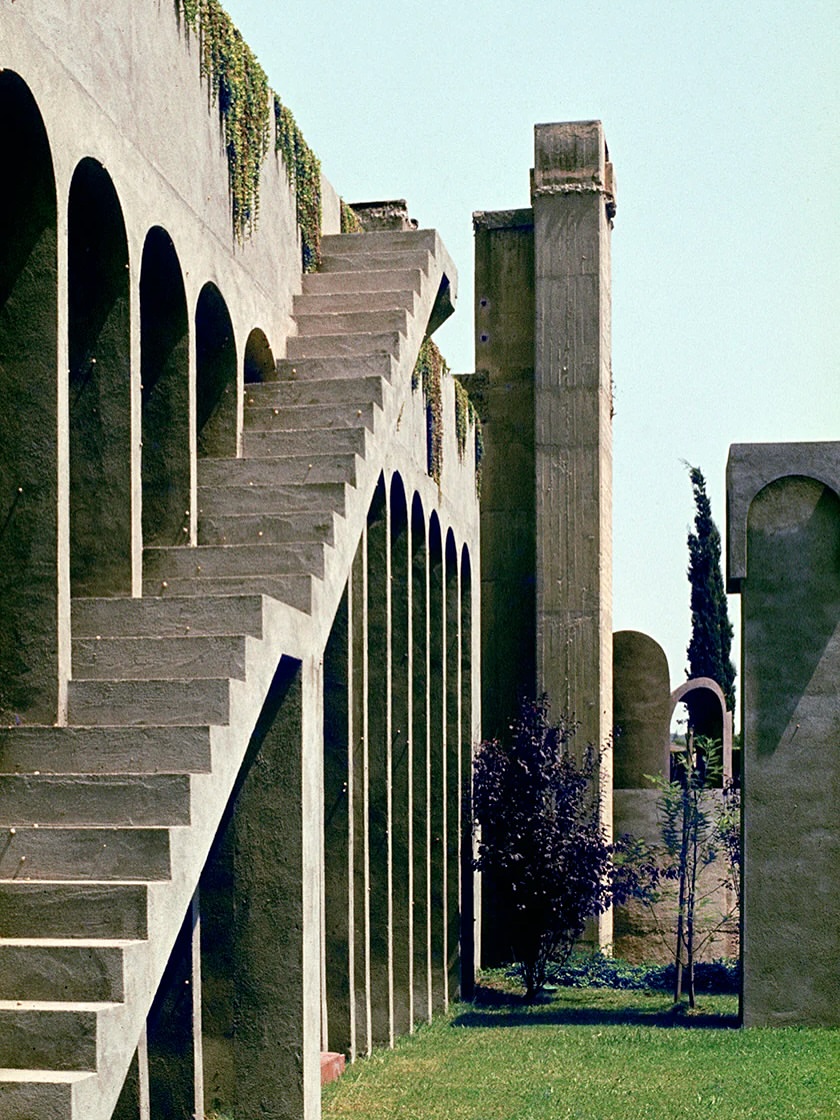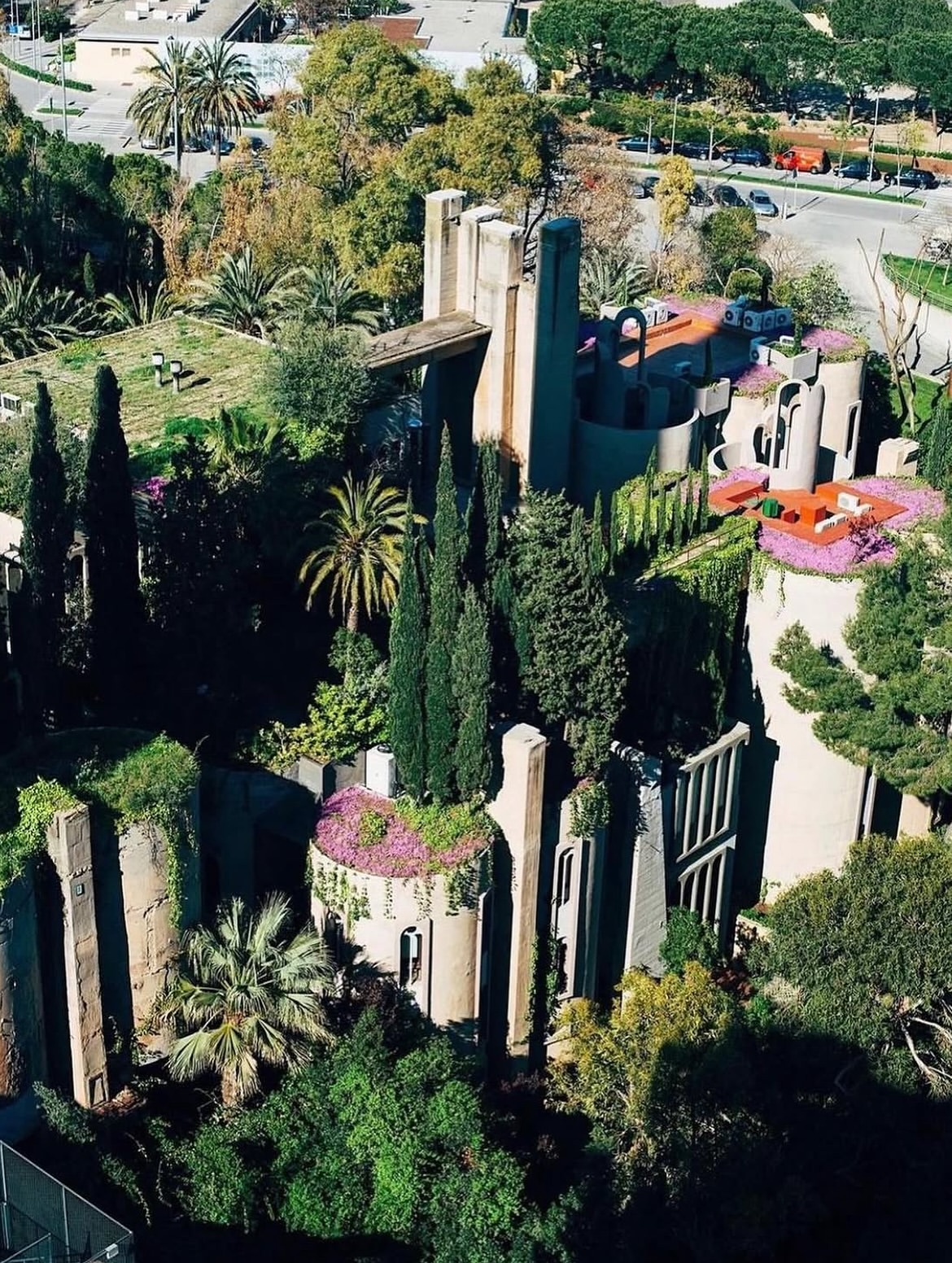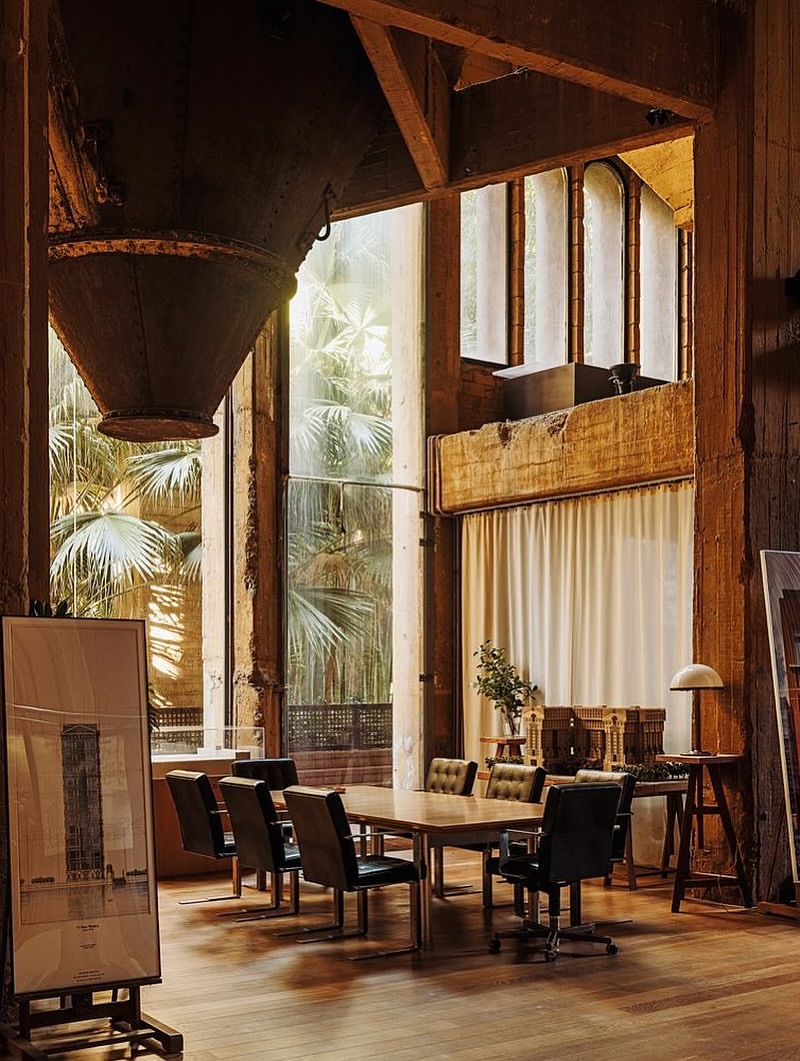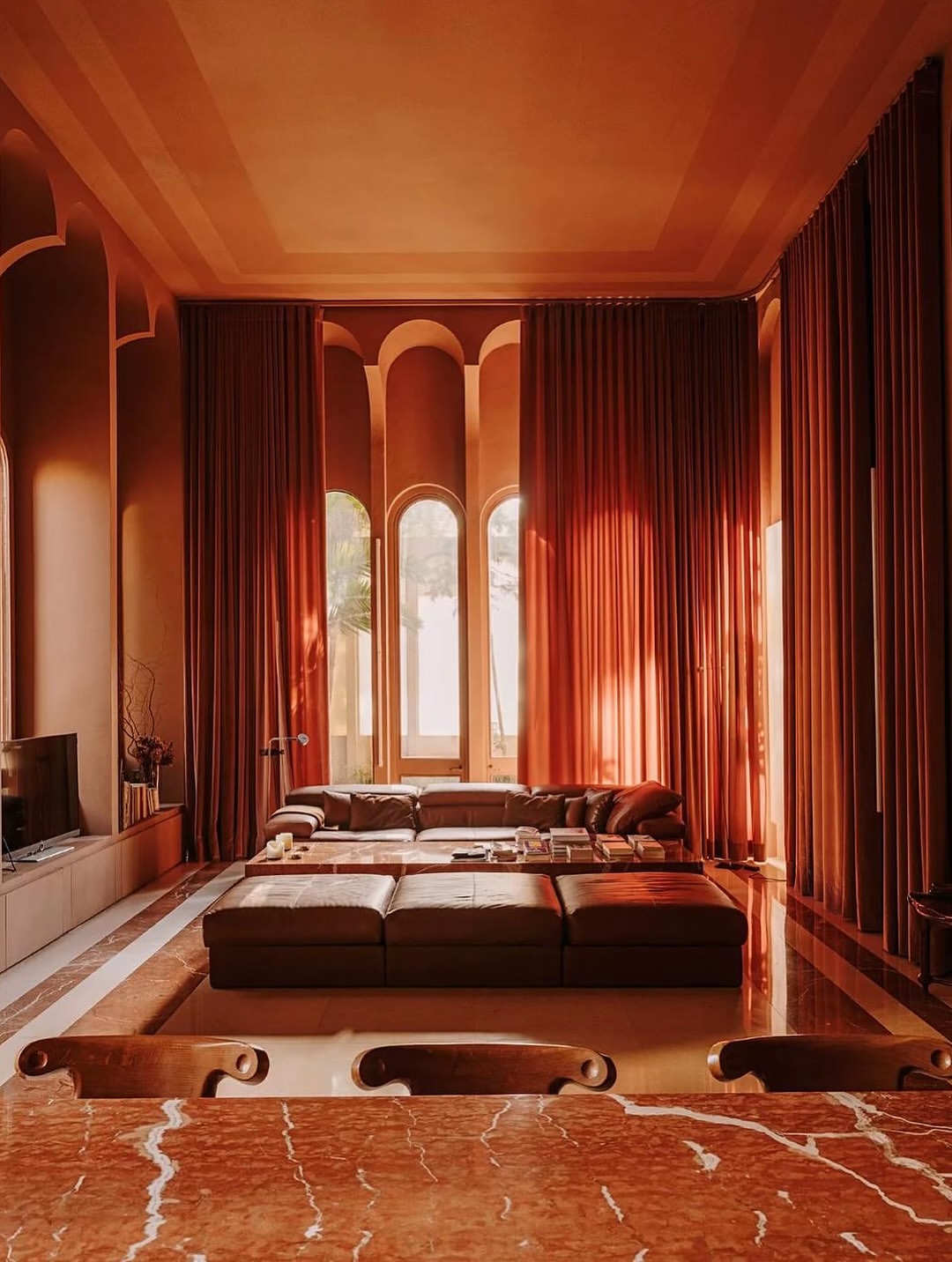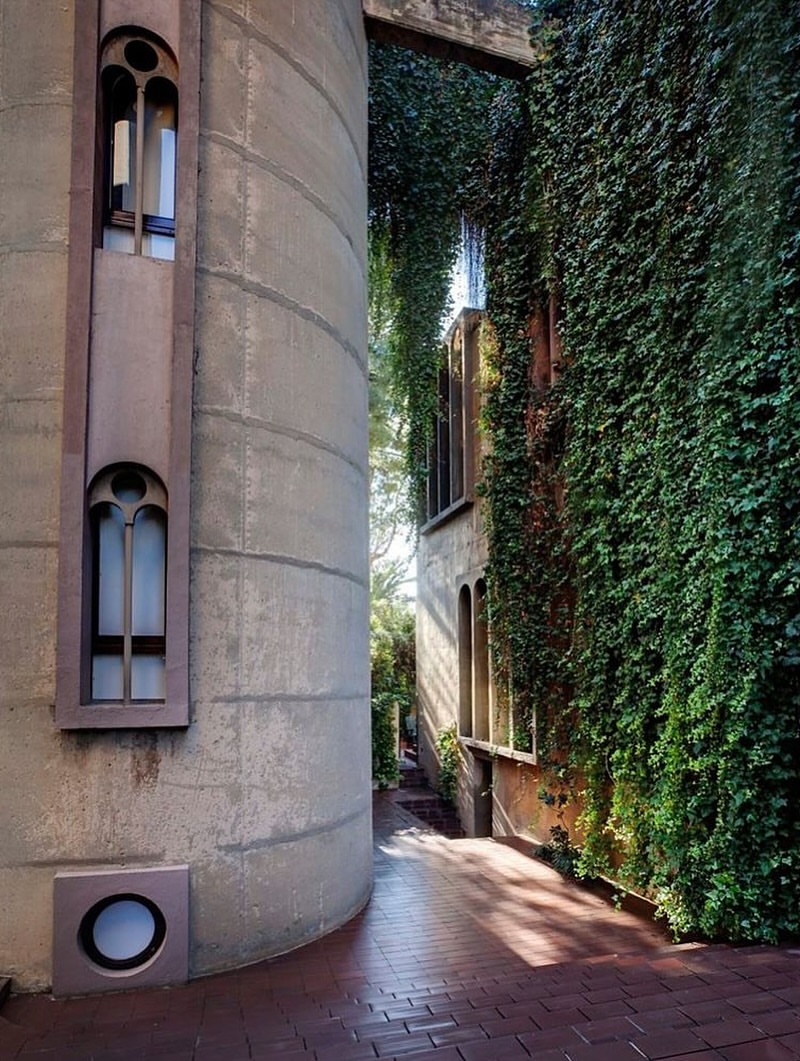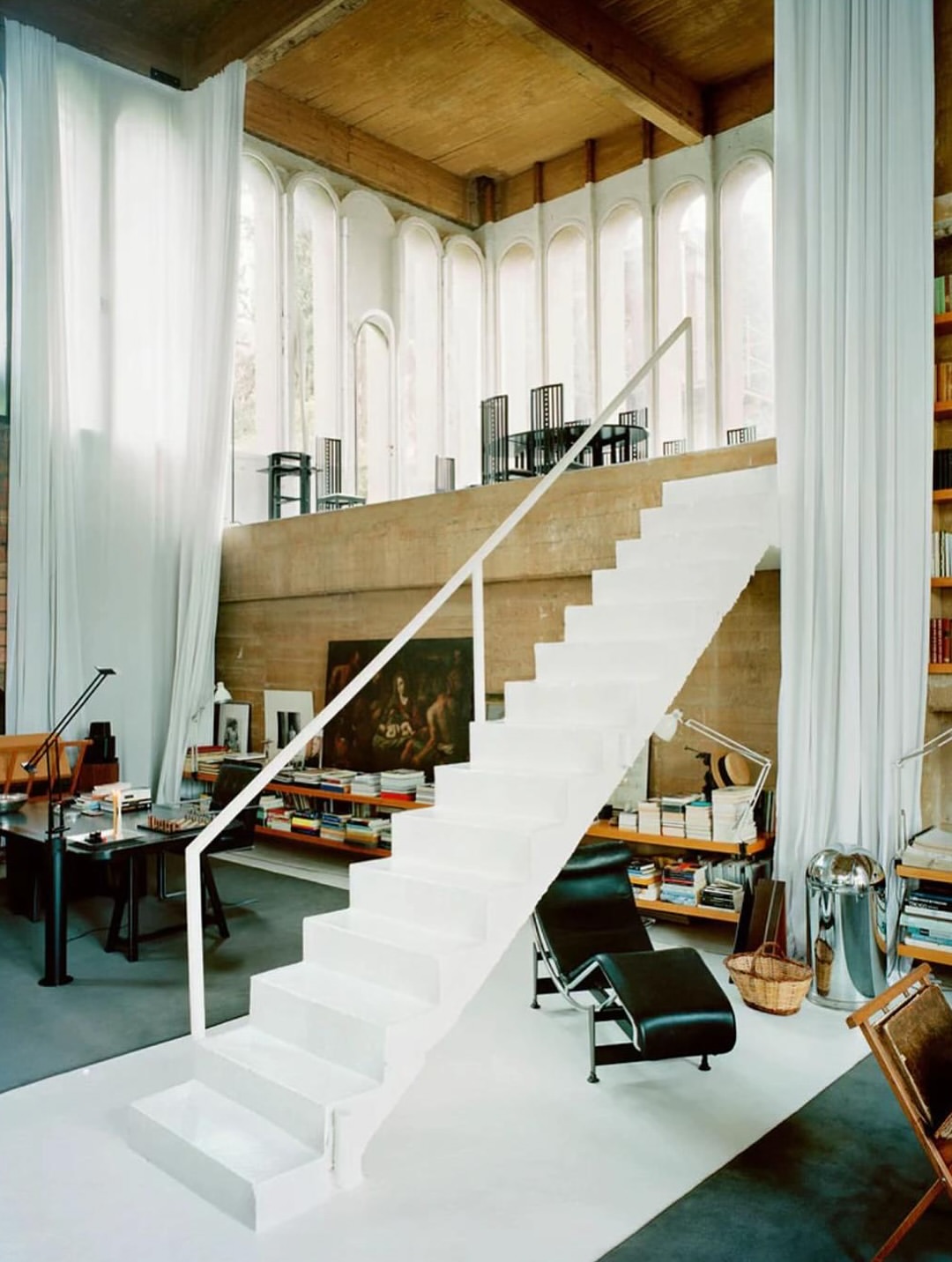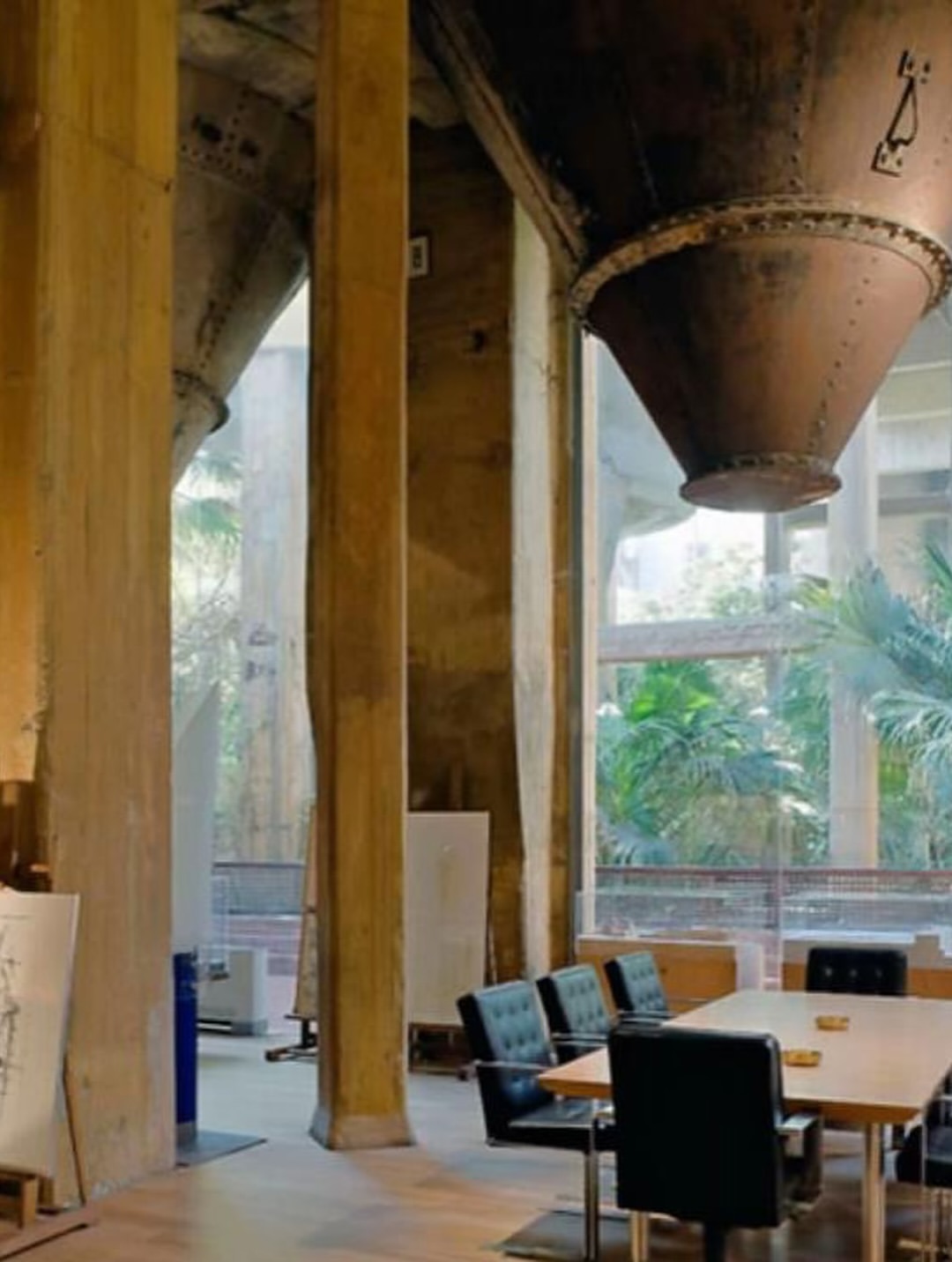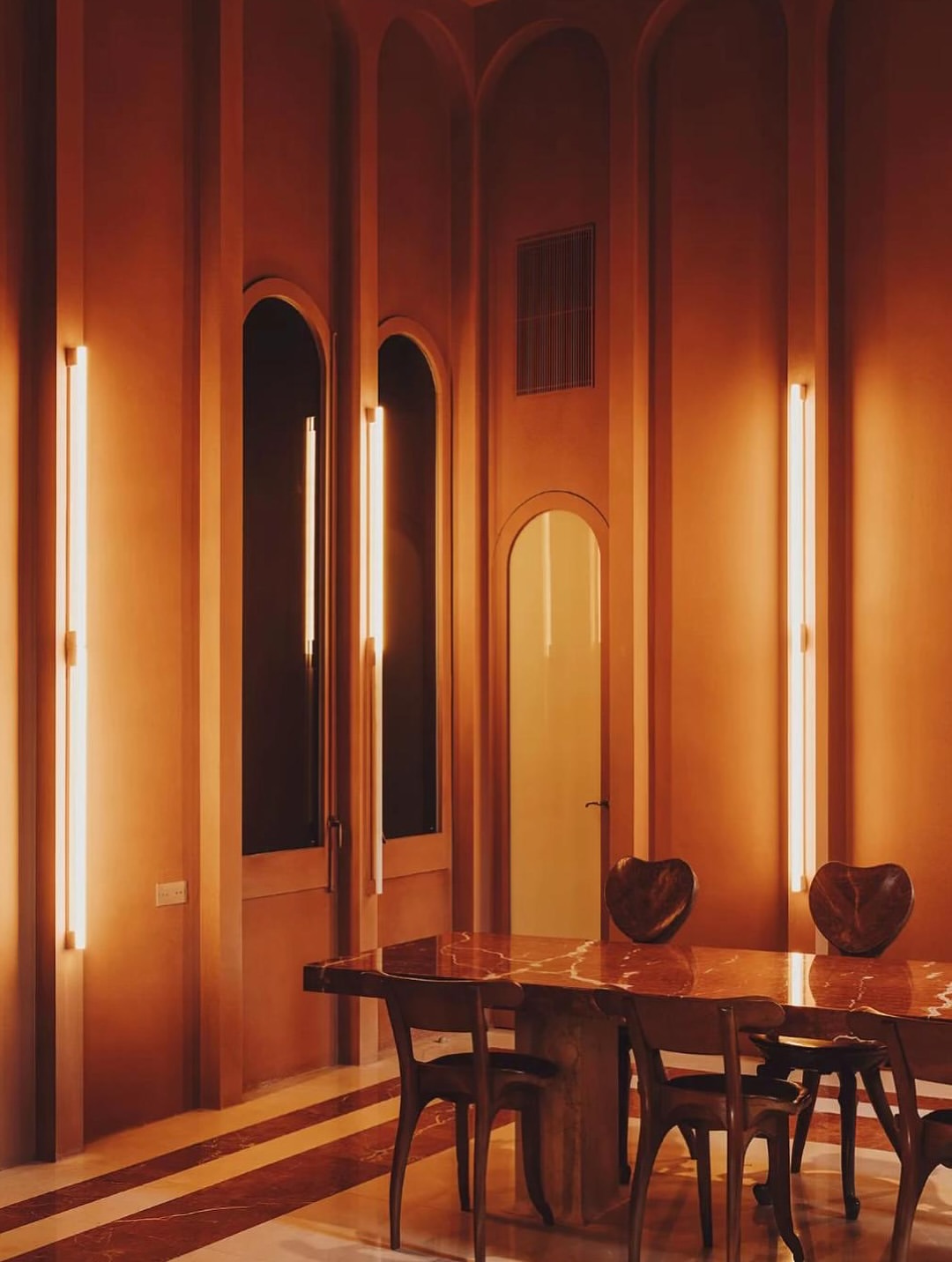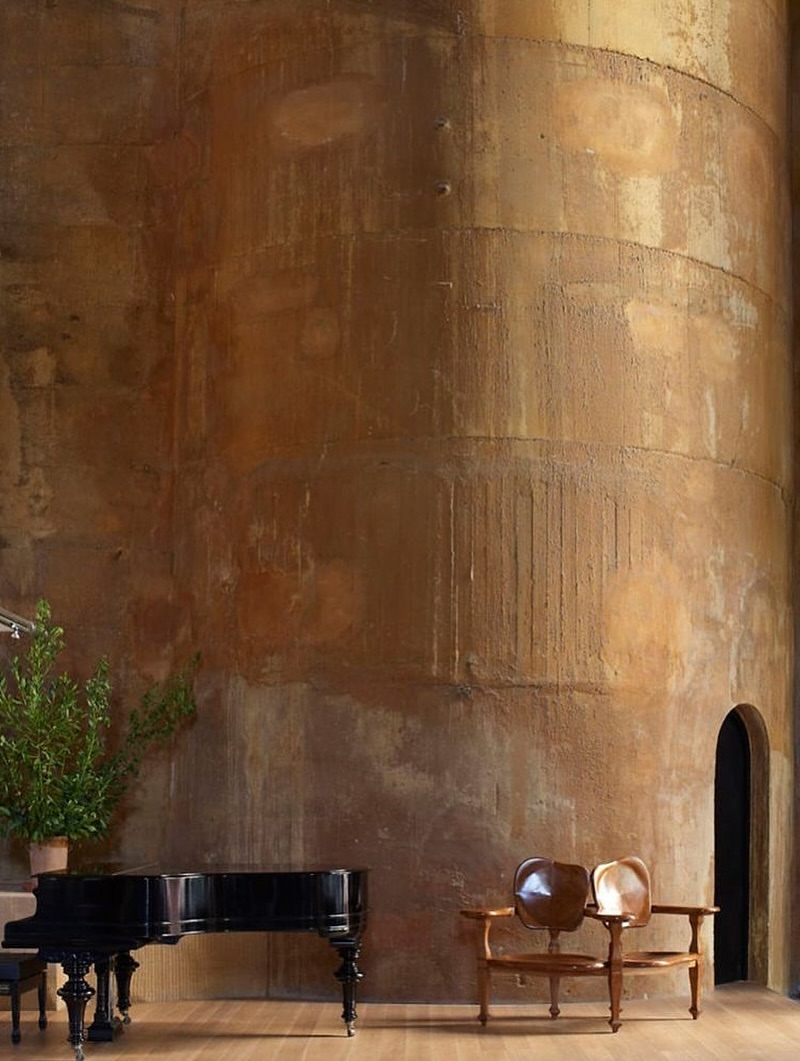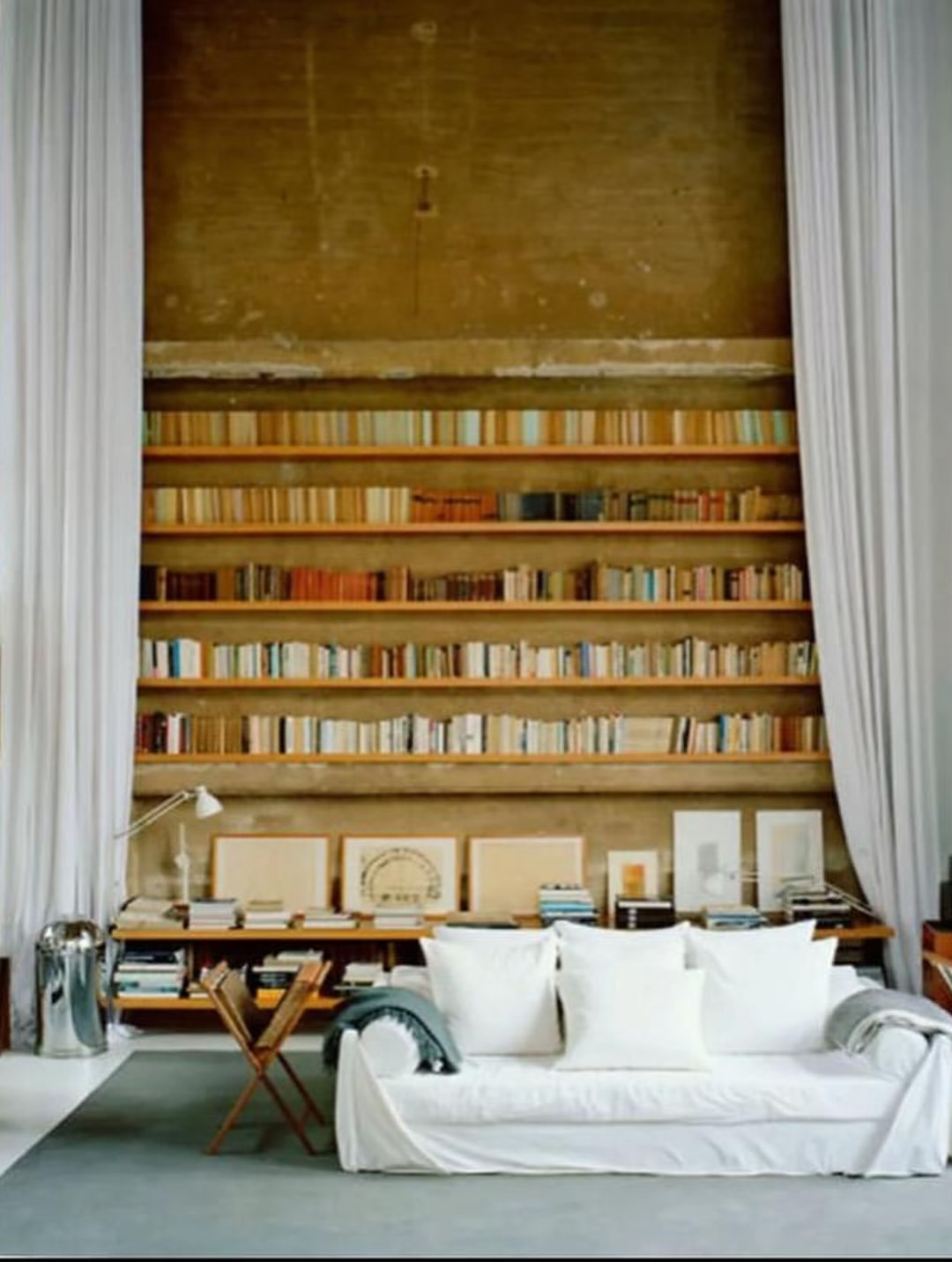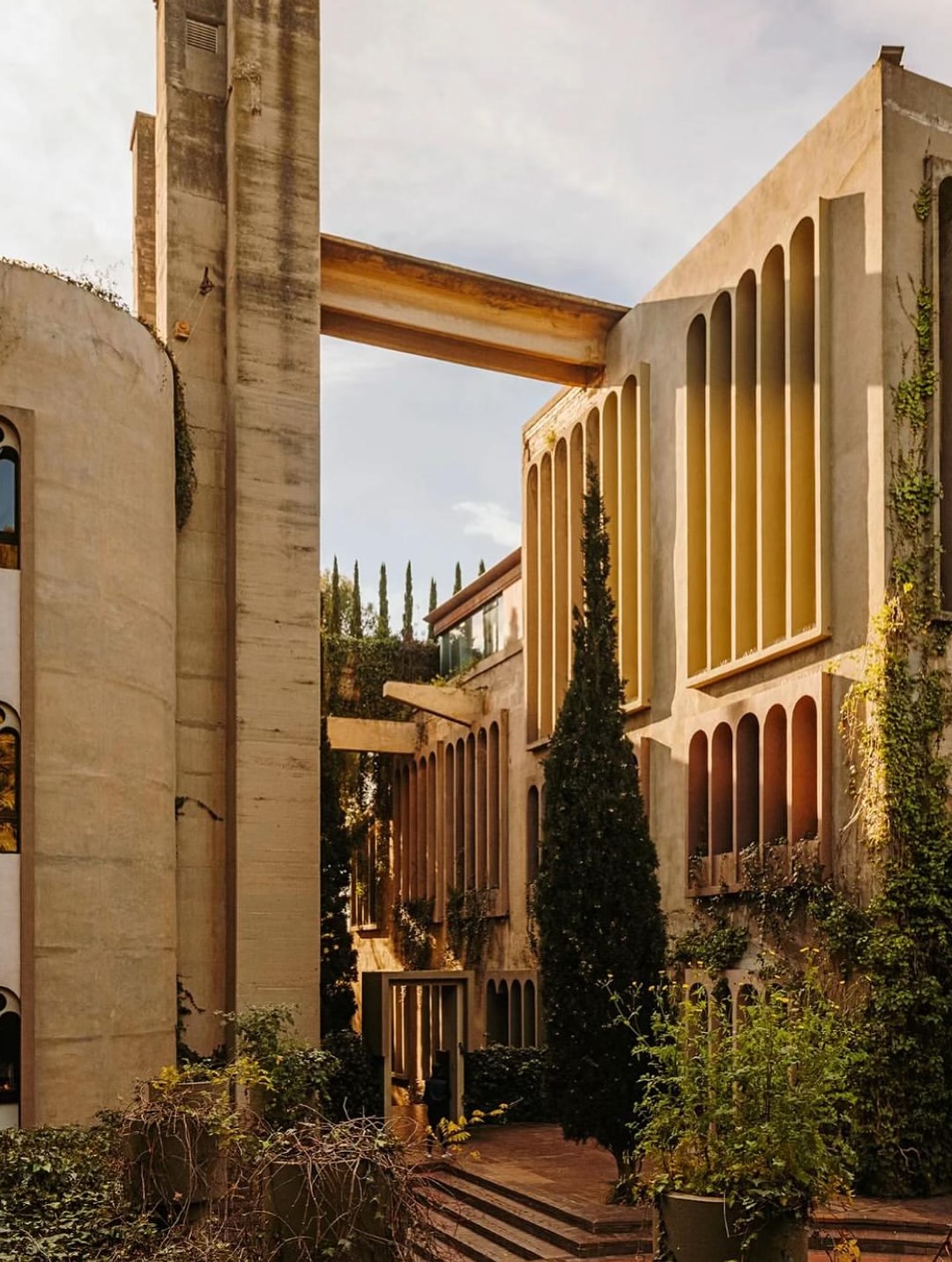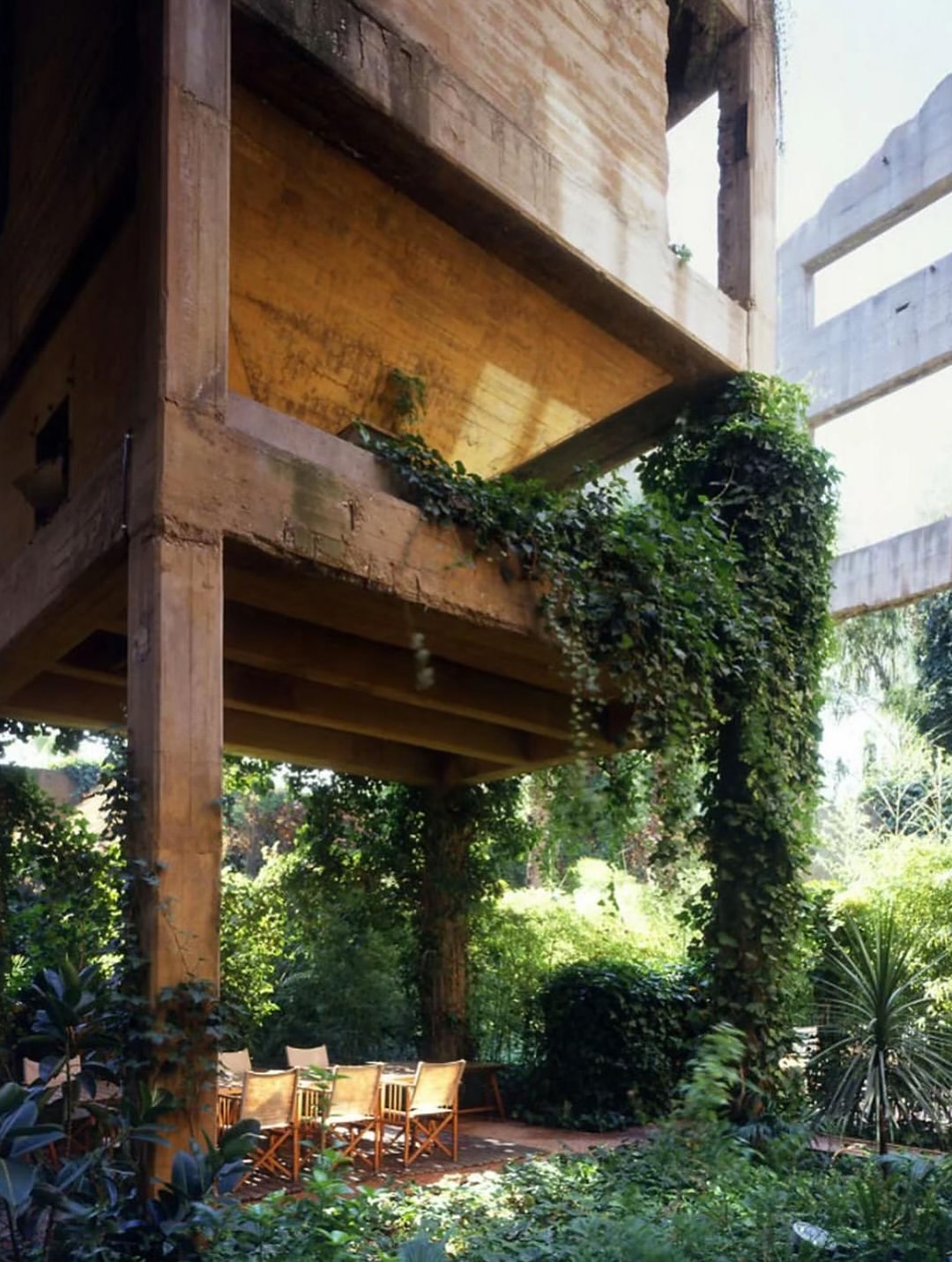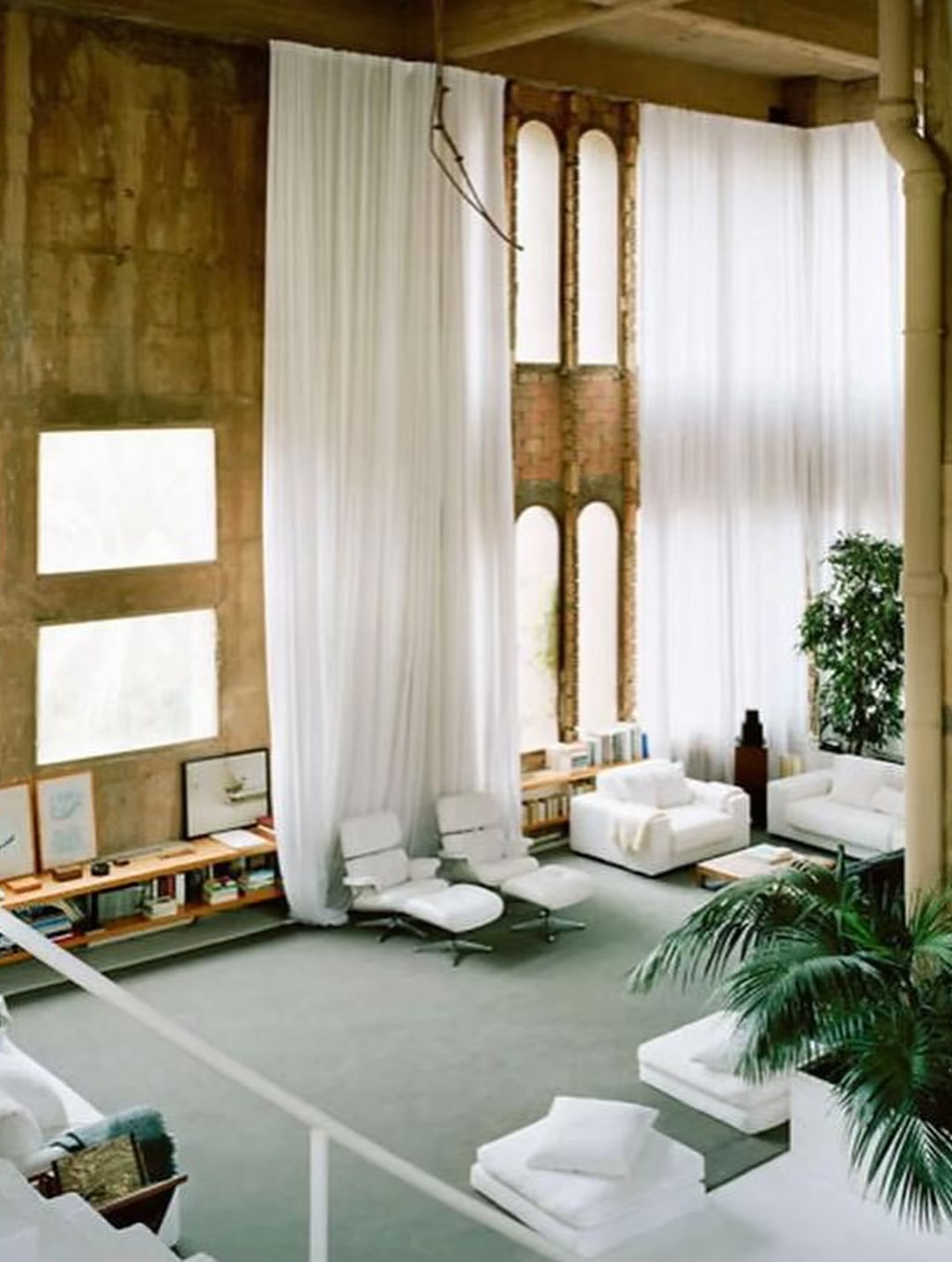
Fact of the day: How an Abandoned Cement Plant Became One of the World’s Most Extraordinary Homes
When Spanish architect Ricardo Bofill stumbled upon a crumbling cement factory in 1973, he saw more than just decay — he saw potential. Over the following decades, he transformed the industrial ruin into his private residence and creative headquarters, now famously known as La Fábrica.
Rather than tearing it down, Bofill honored the building’s industrial soul. He preserved the towering silos, rugged pipes, and stark concrete walls, then reimagined them with lush greenery, expansive glass, and sleek modern finishes.
Inside, the space unfolds like a dream — with towering libraries, serene lounges, and workspaces that blur the line between nature and architecture. Every room tells a different story: a minimalist white office bathed in light, a dramatic crimson salon adorned with marble and velvet, and more.
Outside, untamed gardens and overgrown terraces wind their way around the massive structures, softening their brutalist form with palms, ivy, and blooming wildness.
The result is a breathtaking fusion of past and future — a surreal sanctuary that feels both ancient and avant-garde. La Fábrica stands as a legendary example of adaptive reuse, turning industrial ruin into architectural poetry.

